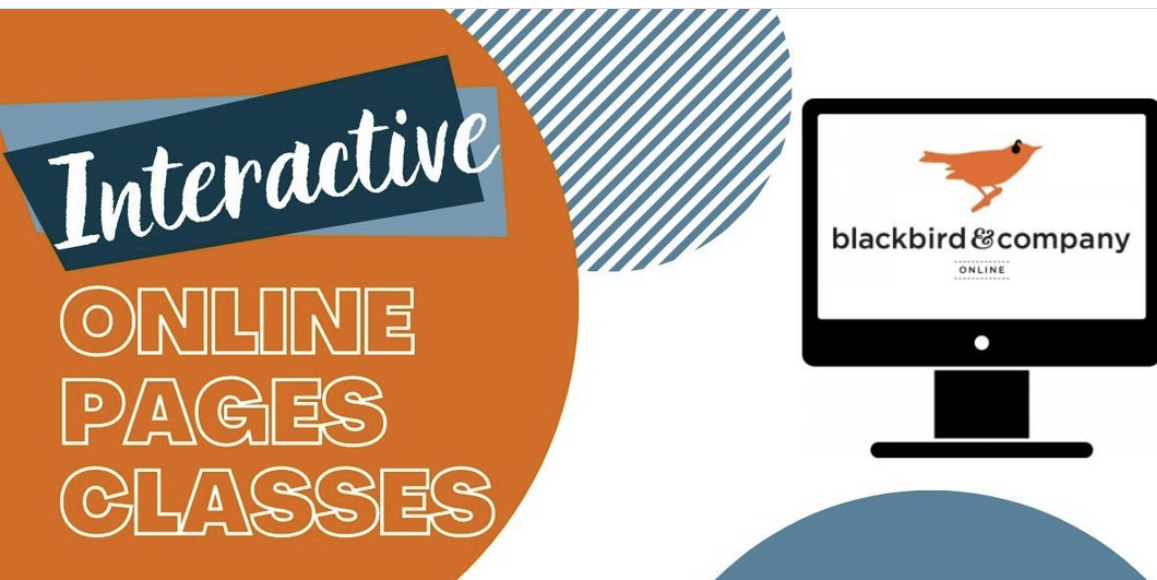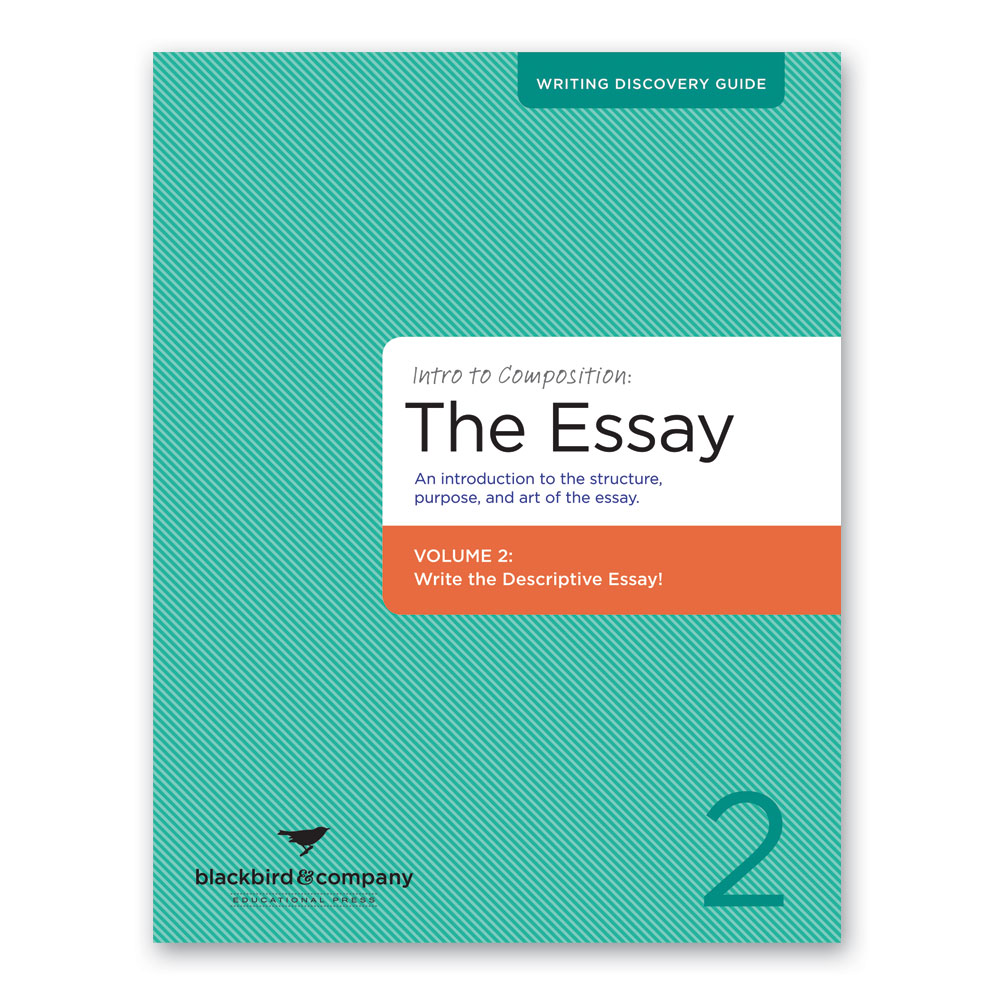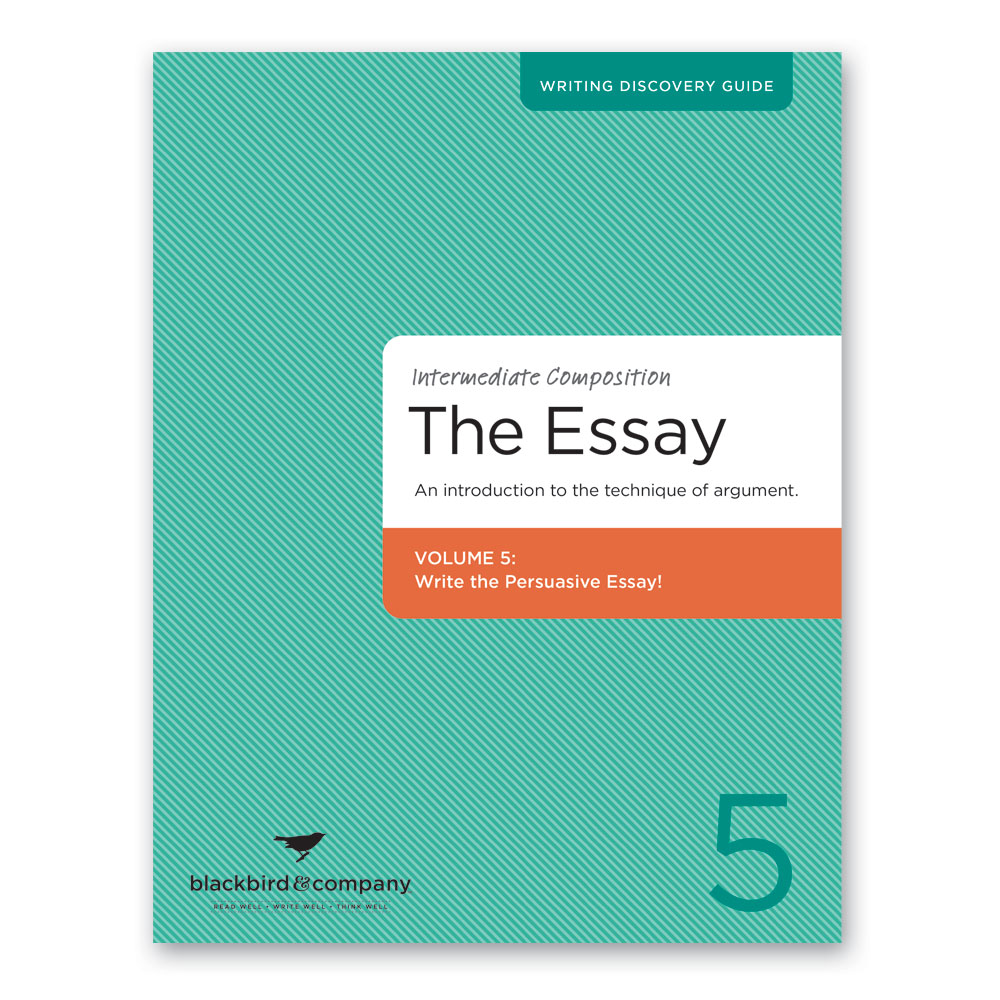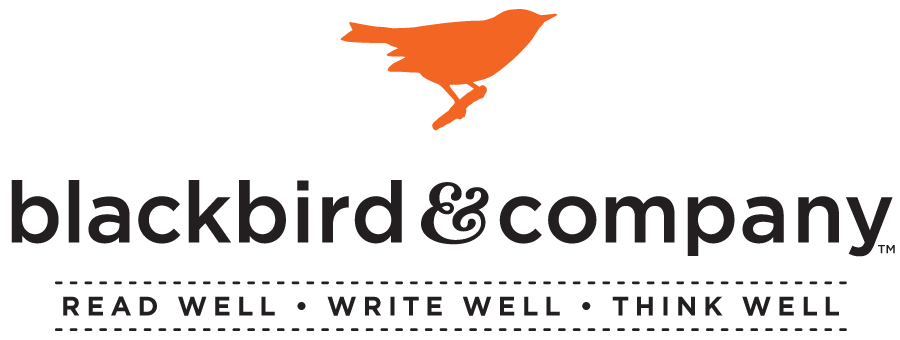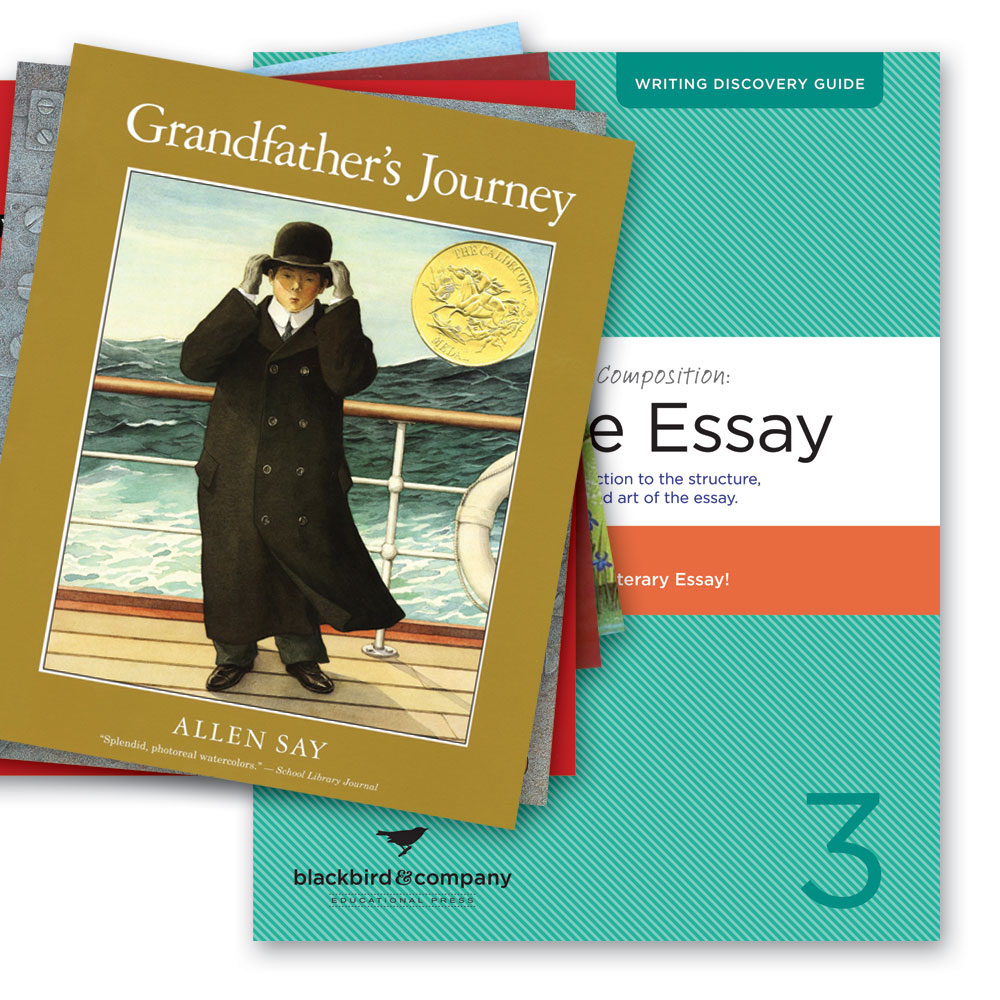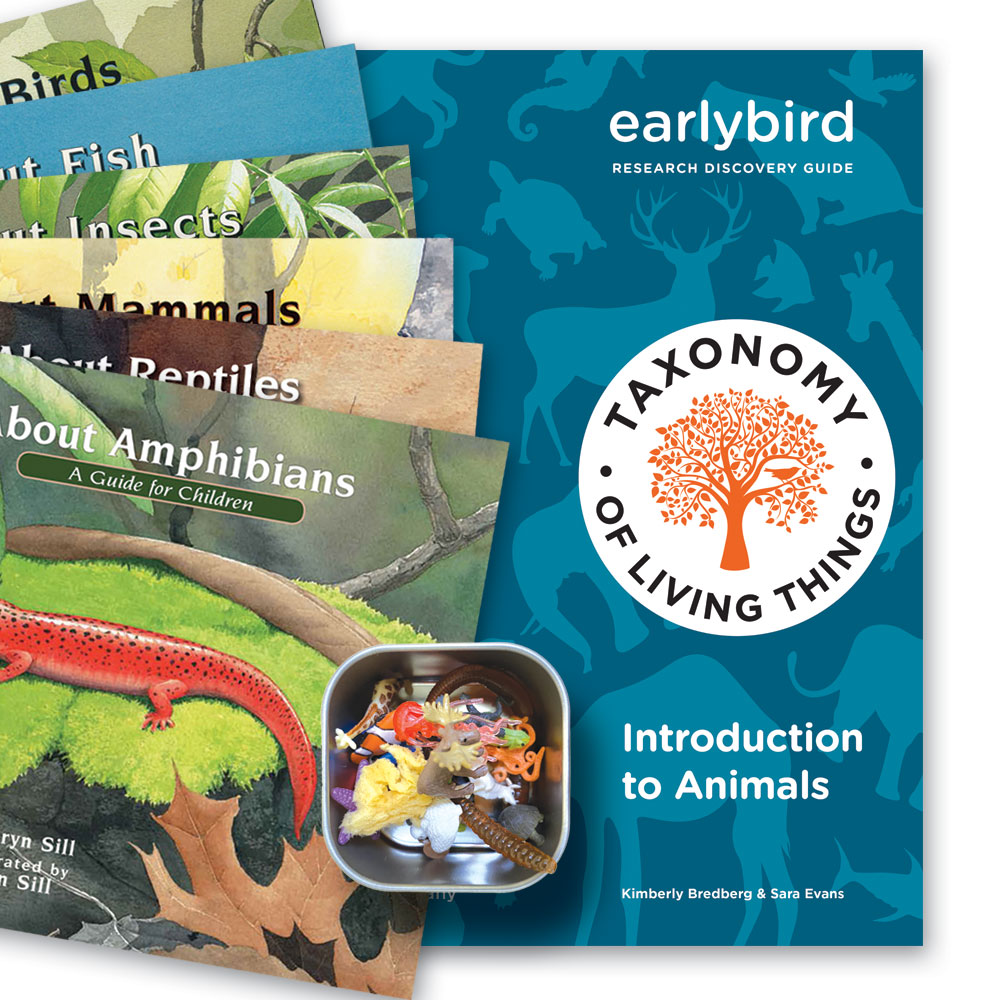I’ve been writing this summer about our amazing Pages staff and the classes they are teaching.
I’m truly honored to be a part of such a great team.
Some of you may have wondered, but what about you?
Don’t you also teach Pages classes?
Well, yes, I do!
It’s hard for me to know where to start since I’ve felt like I have shared so much about my classes over this year in my blog posts. I soon found my inspiration in my old dairy from 1984-85. I was in 5th and 6th grade at this time, so you now have an idea of how old I am!
My son Grady is into the book series, Diary of the Wimpy Kid, this year. We will snuggle on the couch and read the books together. On one of these days, I remembered that I had an old diary hidden away. I thought I would show my son so he could see a real diary. When I pulled it out and showed it to Grady, he was so impressed. It is really small—as big as my hand—and it is white with lavender hearts in lines and proudly says “Diary” on the front. It had an old lock that once-upon-a-time time required a tiny key. Now it’s so old it just opens on its own!
Inside, each entry was dated at the top and I wrote in beautiful, neat cursive writing. I forgot I could ever write like that! On June 7th 1984, the day before the last day of my 5th grade year, I talked about the teacher handing out awards. I received one award for reading and one award for creative writing. I don’t remember that day, or the awards, and I don’t remember what I read or wrote that year that triggered all the award giving! But reading that journal entry made me reflect back on my education and feelings about writing. As I got older, middle school, high School, college, I don’t ever remember loving to write. I do remember feeling it was easy. I was always grateful when the test or assignment was to write an essay. It always came easy to me and I was always graded well. What I do remember liking was when I had the chance to free write my thoughts or experiences in a poem or a letter. I enjoyed writing something that was meaningful, where I could express my intimate feelings.
I wrote for so long what was required that I forgot I enjoyed writing.
The hard part is finding the balance between writing free within constraint, finding freedom within all of vast writing domains!
Teaching Blackbird & Company curriculum helped me to remember what I enjoy about writing. I love reading good books, which I get to do with my students every time I teach a class. I love writing my own ideas and that is what I assign my students. Every section of every book we read has its own built in writing prompt.
When speaking at conferences, I’m often fielding the same questions: “How do I get my child to write? ” And, if the child writes, “How do I teach my child the form of writing, without turning them off of writing?”
First, what I have learned using Blackbird & Company is that students of all ages want to write or, may I say, have more motivation to write their own ideas. Most students don’t want to regurgitate information.
The second thing I’ve learned is that anything we learn that is hard requires discipline and encouragement. Writing can be personal and expressive and creative but in can still be a process that feels difficult. Learning to write and let your ideas flow without worrying about the rules helps to ease this difficult process. But the form does matter, it is important to communicate effectively. This hard process can be achieved with warmth, kindness, patience, and respect. This process is important personal work.
My son and I always start with connection before we read and write. We have our own cozy spot together that helps it feel less like work. We put a blanket over our laps, we have the dog curled up next to us. We tell each other what we are grateful for today, or what we are looking forward too, but the time is set aside for my son’s important work.
His ideas are important.
His words and thoughts are valued.
He is a storyteller.
When we encourage our students over and over in this way, they begin the process of believing. And this, in turn, helps the young writer dive into valuing the work itself.
When we start our work, Grady knows what to expect. Blackbird & Company curriculum has helped me so much with this process, whether it’s my own son or students in class. The structure repeats every week, and at every level, just increasing with difficulty as they move up. Students start to know how to structure writing, “Today I complete Characters and Vocabulary, tomorrow, Setting or Plot. The following day they will dig into Comprehension questions. The other critical point that has helped our process is holding my son to this process. Free, creative writing, is beneficial and I do always leave a time for that, but writing based on great literature is important too. Being able to demonstrate not only comprehension, but to question, to dive deeper into meaning and characters, to write what you think or feel based-off of what you have read, is important work. If we value only one type of writing or learning we greatly limit ourselves, our learning, our thinking, our communication and our understanding of our world.
What I’ve learned from Blackbird & Company, is to set aside time for important work and to push, or lean into difficult things so we can learn, stretch, and grow into our great potential and uncover the gifts inside of each one us.
Now that I have let you know all that I have learned from teaching using Blackbird & Company curriculum, you may still wonder, “Miss Clare, what are you teaching!!!”
I’ve the pleasure of teaching Literature Level 2 and Level 3 again this year! Miss Lori will be teaching Level 2 and 3 as well, but only novels that are tied to a history add-on class. I will also be co-teaching many of the applicational classes with Mr. Søren! I’m very excited about this! We will be teaching Introduction to Composition, Intermediate Composition, poetry, creative writing tied to Operation Lexicon, and even letter writing (how fun)!
I love my job. I’m consistently learning to read well, write well and think well, right along with my students!
~Clare Bonn
